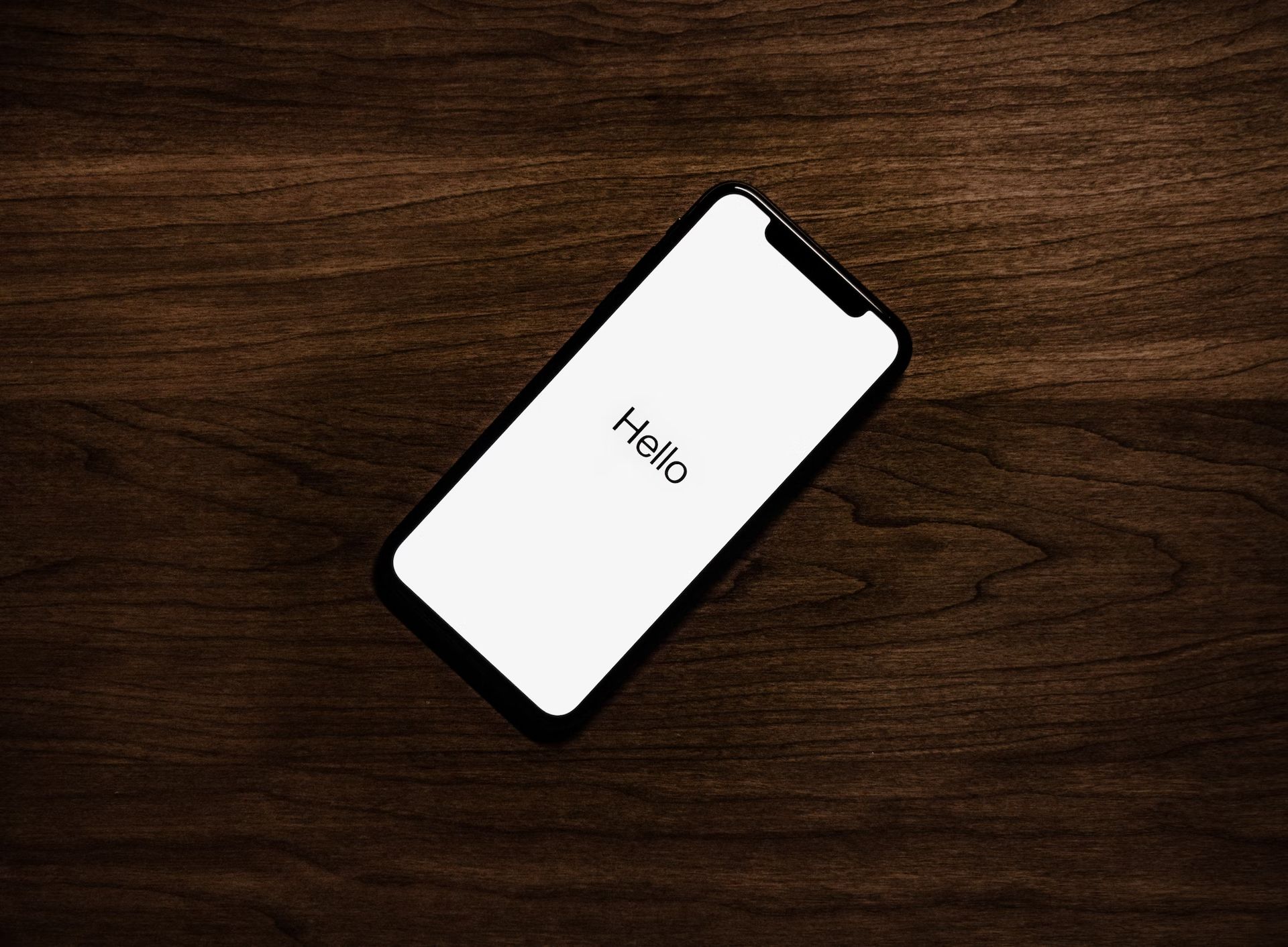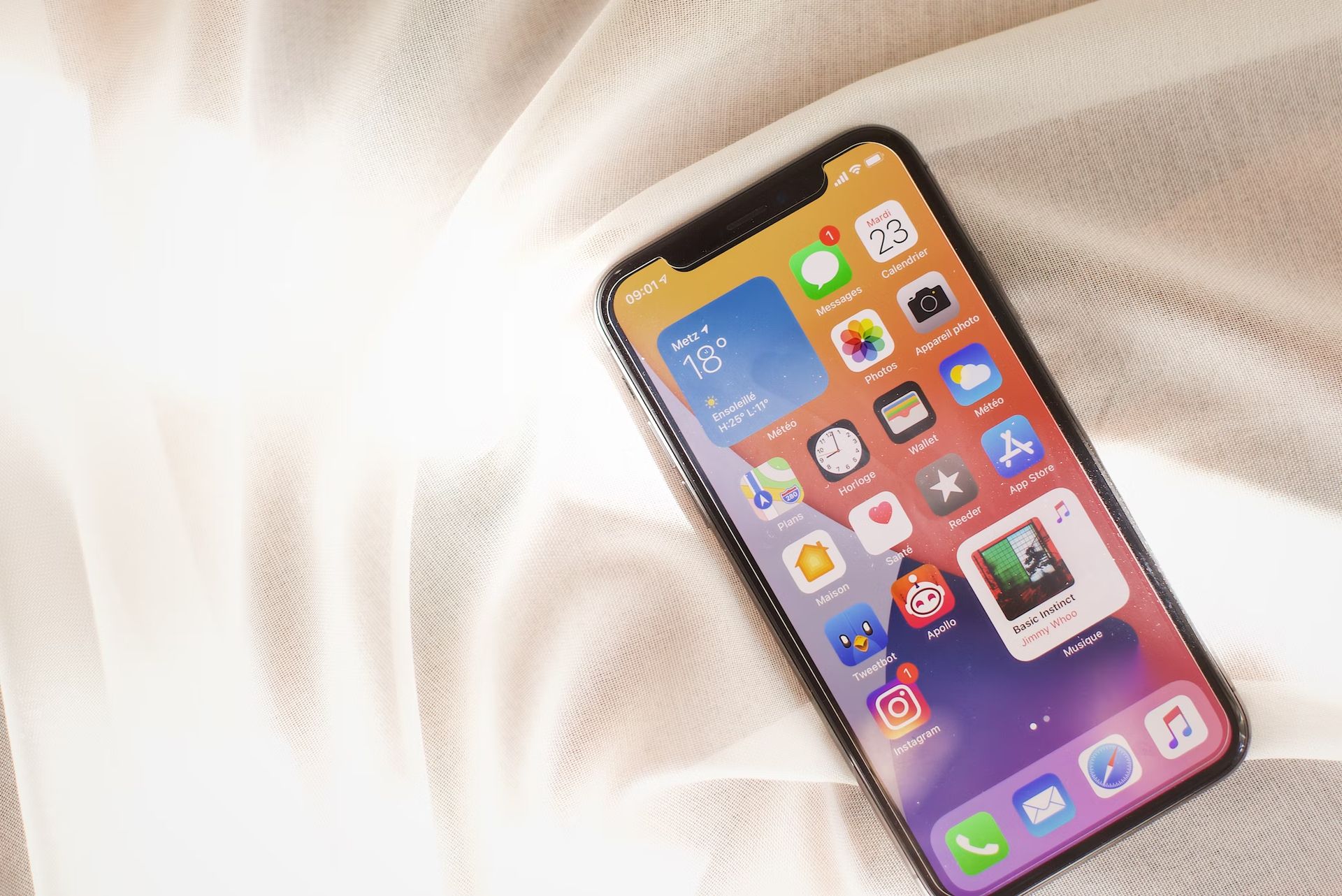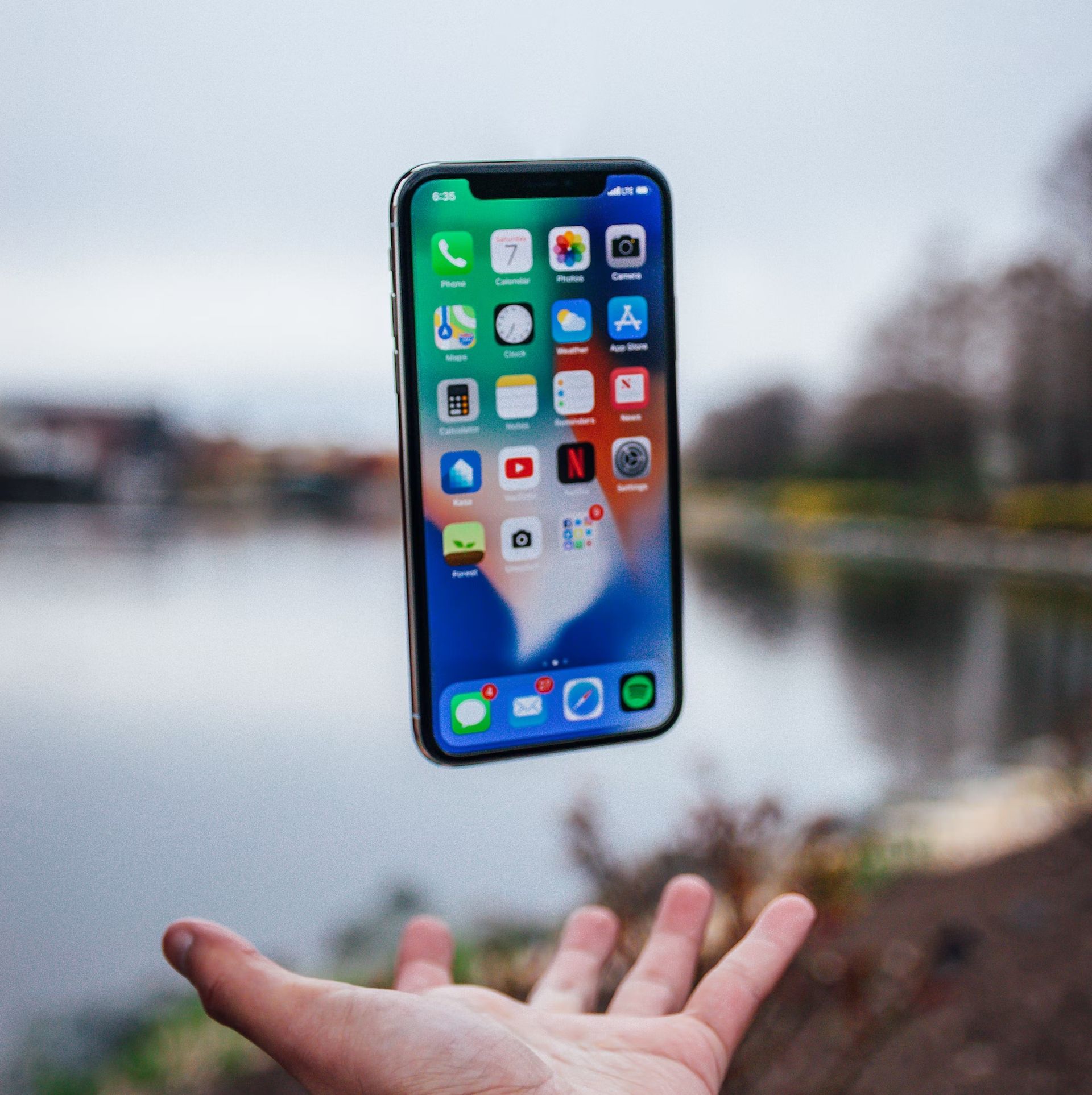This technology is now a reality thanks to Synchron, which recently unveiled the Synchron Switch, a revolutionary BCI also known as a brain-computer interface. If you thought this was fascinating, be sure to read the whole thing because we’ve covered everything you need to know.
Have you ever considered using your brain to control a device rather than your hands? Yes, it is true—and while it may seem mind-blowing—you can now manage your iPhone or even an iPad by simply using your brain to issue commands.
Synchron Switch allows patients to operate an iPhone or iPad with their brains
A product named “Synchron Switch” was developed by the New York-based business Synchron to let patients operate an iPhone or iPad with their brains.
Patients will be able to handle and control their devices, notably their Apple iPhones or Apple iPads, which are just their brains, thanks to this novel idea, and they won’t even need to use their hands.
Semafor claims that a “Stentrode,” or collection of sensors, is introduced into the top of the brain via a blood artery. The patient’s chest-mounted Synchron Switch is used to operate it wirelessly.

Rodney Gorham, a retired software salesman from Melbourne, suffers from amyotrophic lateral sclerosis, also known as ALS, a condition that affects the neurological system and adversely affects physical function.
According to a report, Gorham is the first person to ever utilize the Synchron Switch device with an Apple product. Six patients of Synchron are currently utilizing it.
Patients can carefully operate an iPhone or iPad with the help of Synchron Switch. The Synchron Switch is used to remotely regulate a set of sensors known as Stentrode that have been implanted into the upper part of the patient’s brain through a vein.
The costs associated with embedding and maintaining the device are covered by the organization. The United States Food and Drug Administration has granted permission to Synchron, the first business, to start clinical trials on this type of computer-brain embed technology.
“We’re excited about iOS and Apple products because they’re so ubiquitous, and this would be the first brain switch input into the device,” the co-founder and CEO of Synchron, Tom Oxley, stated.

On the iPad, Gorham’s ideas are put into effect with the Synchron Switch. When Gorham considers touching his foot, the iPad recognizes it as a finger tap.
Gorham can send one-word texts from his iPad using his Synchron Switch, according to Semafor.
According to a Semafor study, six patients now use Synchron Switch. The first person to use it on an Apple device was a former programming sales agent in Australia, Rodney Gorham. Gorham has ALS, and the precisely inserted device was performed exclusively at the renowned Melbourne Clinic. As noted previously, the Stentrode was introduced through a vein into the highest point of the brain and therefore is remotely controlled from the patient’s chest through the Synchron Switch.
Currently, Synchron Switch is being trained to recognize the brainwaves associated with a foot touch. Gorham can reportedly create one-word direct messages because of his Synchron Switch, which also gives him some control over his iPad.

Tom Oxley, president and principal backer of Synchron, made it clear that this would serve as the gadget’s major input for brain-switching. Oxley emphasized time and time again that while the abilities and skills needed to implant the Stentrode are common, doing so would need surgery.
If the FDA does really approve Stentrode for widespread deployment, Oxley believes that tools like it could help people with disabilities.
The US Food and Drug Administration has authorized Synchron as the first business to carry out clinical trials for a computer-brain implant. The cost of implanting and maintaining the device is covered by the company, which has raised $70 million in venture capital and other investment, it was revealed.





